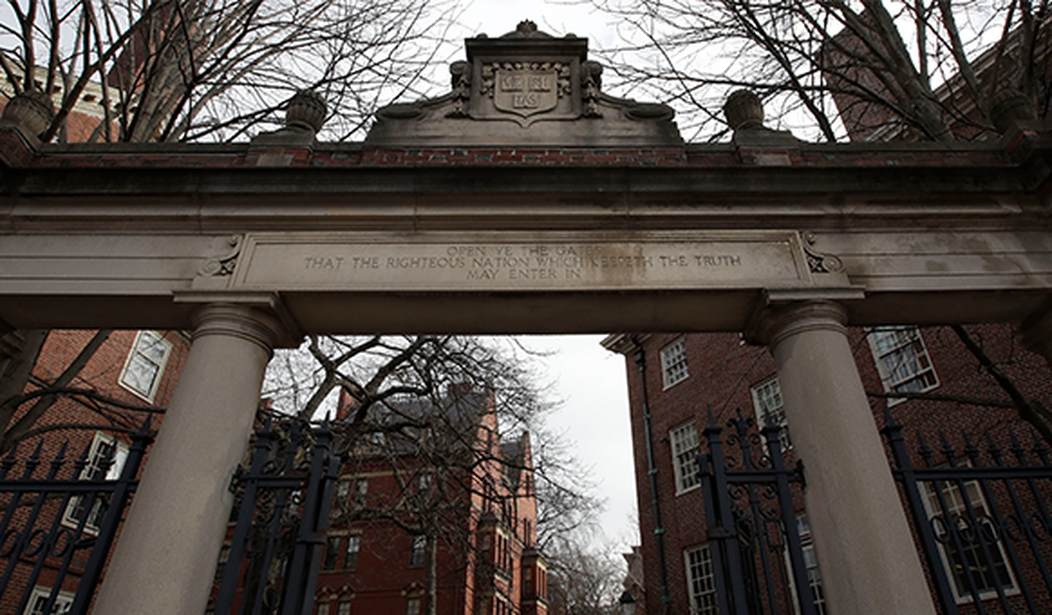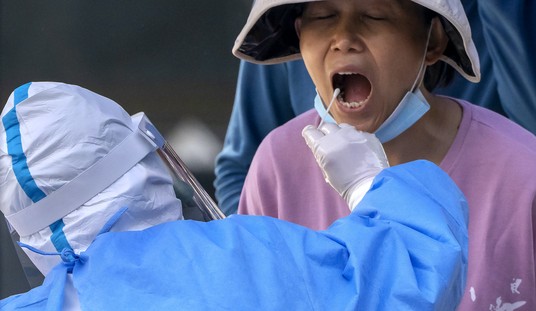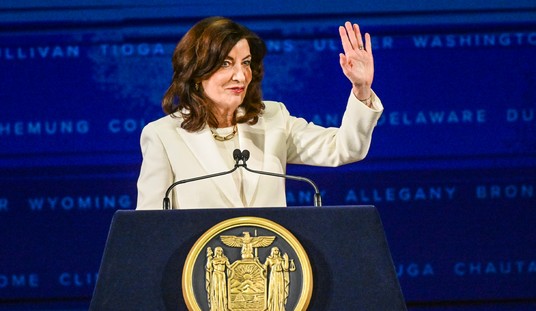Call it karma, or poetic justice.
For decades, athletes admitted to prestigious schools on scholarships have endured accusations (some, admittedly, justified) that they couldn’t cut it academically. Now we have a nationwide scandal in which students have been admitted to prestigious schools on fake athletic scholarships, so they’re probably OK academically, but they can’t play the sport!
The Justice Department is calling this case the “largest college admissions scam” it has ever prosecuted. It’s past time to take a deeper look into college admissions generally. While a task of that magnitude is beyond the scope of 800-plus words, I can touch on one aspect of college admissions that families with college-age children do not know or are not thinking about -- and should be.
On his radio show yesterday, Rush Limbaugh floated a theory that this scandal is caused by more upper-middle-class white applicants chasing fewer spots as a result of affirmative action. That’s red meat for his audience, but for the sake of argument, let’s just assume that there’s some mathematical truth to the notion of admissions displacement.
No one is asking what happened to the students “displaced” by those policies. Where did they attend college?
Here’s why that matters: For the past four decades, thousands -- perhaps tens of thousands -- of academically qualified students have found themselves attending college at their second or third choice. Or perhaps even at a fallback school they never planned to attend.
There is no reason to think that bright, well-educated students with a college degree -- albeit perhaps one from a school that was not at the time considered “top-tier” -- wouldn’t do well professionally.
Recommended
So what happens once they are successful alumni? They give back to their alma maters. They expand their schools’ development efforts. They provide financial support for programs, majors, departments and colleges. They fund new and improved university facilities. They create scholarships and internships. They recruit future classes. They employ other graduates.
Now add computers, the internet and social media. Marketing, promotion and instruction methods that didn’t exist when I went to college in the 1980s are de rigueur today.
Yet another trend impacts this scenario, and that is the scarcity of jobs for academics. Full-time teaching positions are in short supply, and every Ph.D. graduate cannot teach in the Ivy League. This has meant that outstanding graduates in every discipline have dispersed through the country in flagship and satellite state schools; smaller private schools; schools with a regional but perhaps not national reputation; and even community and junior colleges.
In short, while the top-tier schools continue to be widely viewed as top-tier, schools that wouldn’t have received a second look by families seeking upward mobility 40 years ago have become top-tier by most, if not all, of the criteria people say they value: the opportunity to receive an excellent, well-rounded education, superior teachers, academic support and other resources, good facilities, a strong alumni network and solid job prospects.
But most people don’t know that. So they continue to look at rankings, which are remarkably unhelpful:
--First, they’re self-perpetuating. (The Ivies will be top-ranked because they have always been top-ranked. Other than “Well, it’s Harvard,” do you even know why?
--Second, they tend to focus on national reputation. Just because people in Arkansas have heard of a school in New England doesn’t mean it’s better than one fewer people know about.
--Third, rankings tend to focus on the college or university as a whole. What is important is the quality of the program Even a university’s excellent reputation doesn’t guarantee that all programs taught there are excellent. Programs and professors vary widely, even at the best schools.
--Fourth, do consumers know the criteria that are being used in rankings? My educated guess is that the answer in most cases is no.
Much of what’s behind these obscene admissions scandals is the anachronistic perspective that your child won’t succeed in life unless (s)he goes to an Ivy League school, Stanford, the University of Chicago, Georgetown, etc.
That’s abject nonsense. (Consider that some of our most successful entrepreneurs never went to college or never finished!)
But the “top-tier” schools have an incentive to make you think that, because one of the bases for top rankings has been -- wait for it -- the number of applications a school receives versus the number of students it can accept. That ratio goes right to “selectivity.” In other words, the more students who are denied admission, the more selective a school becomes. The more selective it becomes, the higher its rankings can go.
And an even more insidious aspect of the public perception that feeds the rankings is whether a school charges as much as other schools in its perceived “peer group.” (It’s sometimes phrased this way: “If Great University A doesn’t charge as much as Elite University B, it must not be as good.”)
That, my friends, is a bubble.
To be clear, I am not saying that people do not get the value for their tuition dollars spent. The vast majority of schools have to supplement tuition with tax revenues (for state schools) and development dollars; tuition does not begin cover all the expenses associated with running a college or university.
Nor am I saying that schools with a historical reputation for quality no longer deserve that reputation. Most administrators and faculty take their responsibilities to the public extremely seriously, as generations of successful graduates demonstrate.
What I am saying is that there are a lot more places to receive a truly excellent education and broad-based college experience than there used to be. The “Black Friday” clamor to get your kids into the handful of institutions that comprise the top 25 is absurd and unjustified.
It’s not worth agonizing over. It’s not worth making your kids’ lives miserable. And it certainly isn’t worth going to prison for.

























Join the conversation as a VIP Member